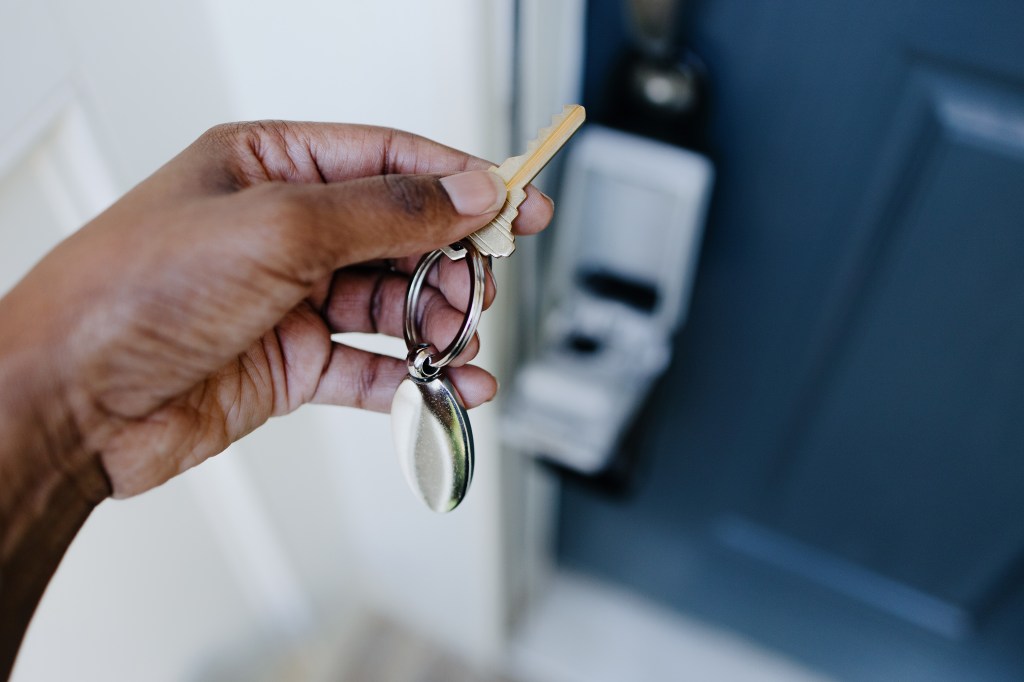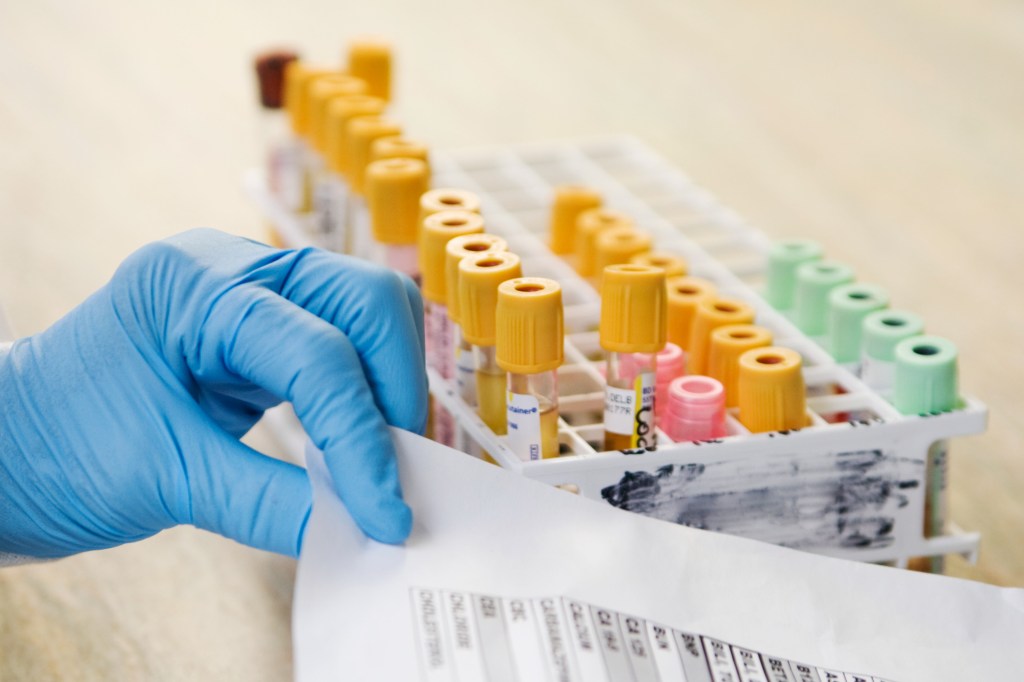
Female astronauts could avoid knee injuries during space flight—and better tests, prevention and treatments could be developed for knee osteoarthritis in women here on Earth—based on newly published research on the sex differences in knee meniscus tissue.
Knee osteoarthritis is more common in females than in males, but hormones alone are not enough to explain the difference. The new research identifies a genetic difference in the meniscus that makes about 50% of females more vulnerable to developing osteoarthritis than males or other females.
Researchers carried out the experiments in part by simulating low-gravity conditions in space, which mimics the damage that can happen to the meniscus due to lack of exercise.
“Some of the genes that were found in the females that responded more to simulated space microgravity were also associated with the development of knee osteoarthritis,” said principal investigator Adetola Adesida, professor of surgery in the Faculty of Medicine & Dentistry.
The research suggests the potential for a blood test to identify who has the high-risk gene, allowing for early interventions such as physiotherapy, and eventually even drug therapy. It might also allow women to stay in space longer.
“We’ve uncovered the mechanisms that lead to this higher response, and we are hoping to develop drugs to target those pathways and block those responses,” Adesida said.
Meniscus is a kind of cartilage in the knee that acts as a load distributor for the body’s full weight. At one time, it was thought to be like the appendix: you wouldn’t miss it if it were gone. But now it’s known that just a small tear in the meniscus—usually caused by a sports injury—increases the risk of osteoarthritis later in life, even if the damaged tissue has been removed. On the other hand, lack of use can also lead to deconditioning of the meniscus and increase arthritis risk.
Knee osteoarthritis is the most common joint problem, affecting an estimated 250 million people worldwide, including 14% of females older than 60 and 10% of males in the same age group. About 75,000 knee replacements were performed in Canada in 2019–2020.
Adesida’s team has developed bioengineered meniscus tissue grown from cells that have been removed from the damaged menisci of otherwise healthy individuals. The hope is one day to be able to replace damaged tissue through transplant, preventing the development of knee osteoarthritis.
For their experiment on sex differences, the team studied how the bioengineered tissue functioned while at rest and under mechanical loading and unloading conditions. For the loading, they used a device that exerted hydrostatic pressure on the cells. For the unloading, they put the cells into a bioreactor designed by NASA to mimic minimal-gravity conditions.
“Our loading and unloading experiment mimics what we actually see in a clinical situation where the development of spaceflight microgravity-induced knee osteoarthritic changes is possible,” he said.
“This will help us to have human relevant models to study knee osteoarthritis in the future. And our research has both Earth benefits and space benefits.”
More information:
Zhiyao Ma et al, Engineered Human Meniscus in Modeling Sex Differences of Knee Osteoarthritis in Vitro, Frontiers in Bioengineering and Biotechnology (2022). DOI: 10.3389/fbioe.2022.823679
Citation:
Discovery may explain why more females than males get knee osteoarthritis (2022, March 2)
retrieved 19 March 2022
from https://medicalxpress.com/news/2022-03-discovery-females-males-knee-osteoarthritis.html
This document is subject to copyright. Apart from any fair dealing for the purpose of private study or research, no
part may be reproduced without the written permission. The content is provided for information purposes only.
Note: This article have been indexed to our site. We do not claim legitimacy, ownership or copyright of any of the content above. To see the article at original source Click Here








